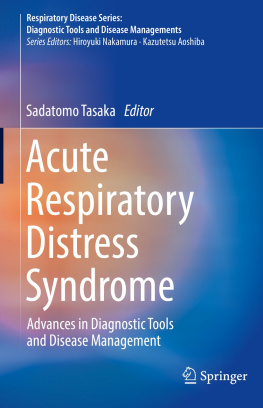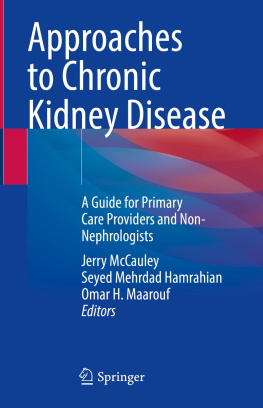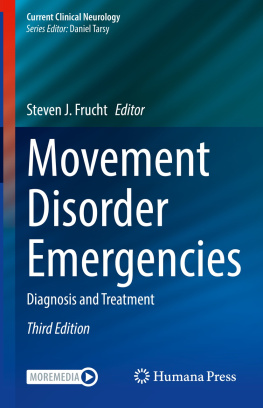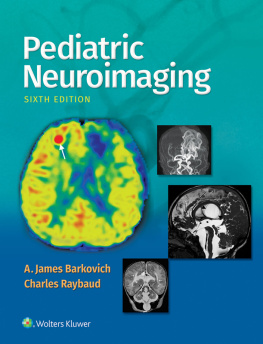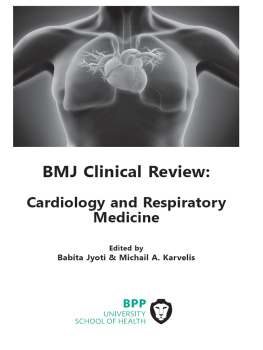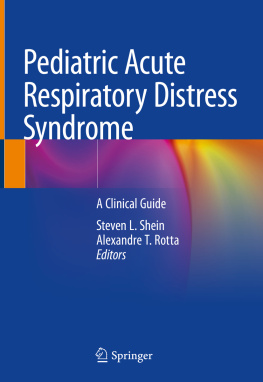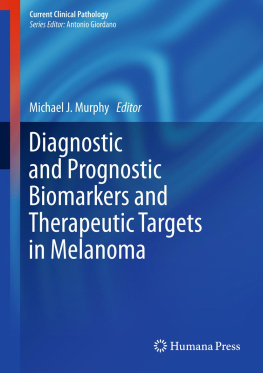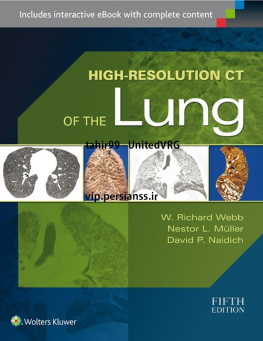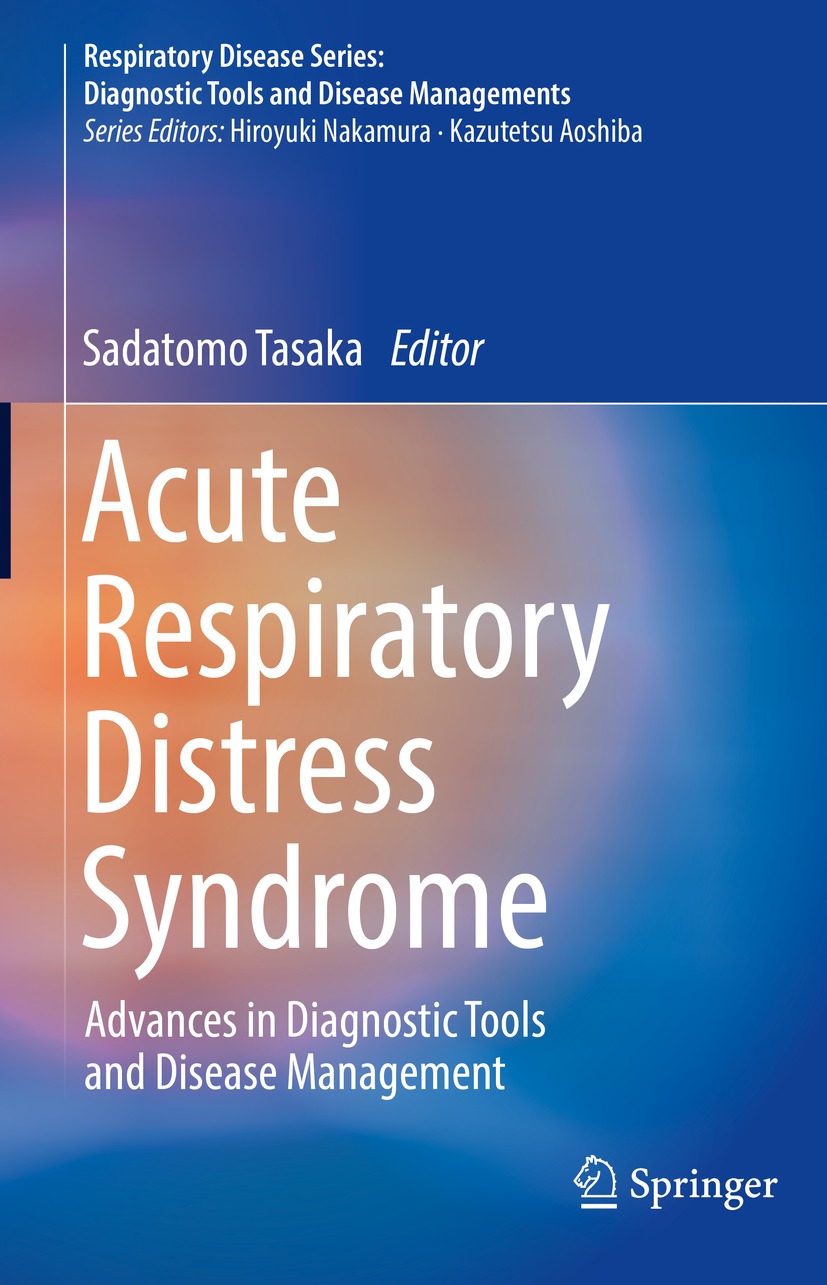Respiratory Disease Series: Diagnostic Tools and Disease Managements
Series Editors
Hiroyuki Nakamura
Ibaraki Medical Center, Tokyo Medical University, Ibaraki, Ibaraki, Japan
Kazutetsu Aoshiba
Ibaraki Medical Center, Tokyo Medical University, Ibaraki, Ibaraki, Japan
This book series cover a variety of topics in respiratory diseases, with each volume providing an overview of the current state of knowledge, recent discoveries and future prospects for each disease. In each chapter the editors pose critical questions, which are often unresolved clinical issues. These are then discussed by the authors, providing insights and suggestions as to which developments need to be addressed. The series offers new information, which will inspire innovative ideas to further develop respiratory medicine.This collection of monographs is aimed at benefiting patients across the globe suffering from respiratory disease.
Edited by established authorities in the field and written by pioneering experts, this book series will be valuable to those researchers and physicians working in respiratory medicine. The series is aimed at a broad readership, and the books will also be a valuable resource for radiologists, emergency medicine physicians, pathologists, pharmacologists and basic research scientists.
More information about this series at https://link.springer.com/bookseries/15152
Acute Respiratory Distress Syndrome
Advances in Diagnostic Tools and Disease Management

Logo of the publisher
Editor
Sadatomo Tasaka
Department of Respiratory Medicine, Hirosaki University, Graduate School of Medicine, Hirosaki, Japan
ISSN 2509-5552 e-ISSN 2509-5560
Respiratory Disease Series: Diagnostic Tools and Disease Managements
ISBN 978-981-16-8370-1 e-ISBN 978-981-16-8371-8
https://doi.org/10.1007/978-981-16-8371-8
The Editor(s) (if applicable) and The Author(s), under exclusive license to Springer Nature Singapore Pte Ltd. 2022
This work is subject to copyright. All rights are solely and exclusively licensed by the Publisher, whether the whole or part of the material is concerned, specifically the rights of translation, reprinting, reuse of illustrations, recitation, broadcasting, reproduction on microfilms or in any other physical way, and transmission or information storage and retrieval, electronic adaptation, computer software, or by similar or dissimilar methodology now known or hereafter developed.
The use of general descriptive names, registered names, trademarks, service marks, etc. in this publication does not imply, even in the absence of a specific statement, that such names are exempt from the relevant protective laws and regulations and therefore free for general use.
The publisher, the authors and the editors are safe to assume that the advice and information in this book are believed to be true and accurate at the date of publication. Neither the publisher nor the authors or the editors give a warranty, expressed or implied, with respect to the material contained herein or for any errors or omissions that may have been made. The publisher remains neutral with regard to jurisdictional claims in published maps and institutional affiliations.
This Springer imprint is published by the registered company Springer Nature Singapore Pte Ltd.
The registered company address is: 152 Beach Road, #21-01/04 Gateway East, Singapore 189721, Singapore
Preface
The spread of COVID-19, which began in December 2019, has shown no signs of ending even after more than a year. ARDS, which was first described 60 years ago, still has a high mortality rate of 3040% despite intensive research on its pathophysiology and advances in drug therapies and patient management. Since many of the clinical trials of ARDS treatment to date have targeted patients with a variety of background factors, there has always been a concern that the trials may not indicate therapeutic strategy of each patient with ARDS. However, over the past year or more, a vast amount of information on respiratory failure due to a single cause of COVID-19 has been accumulating. In a sense, this is the largest study of ARDS caused by respiratory infections.
The Berlin definition established in 2012 provides refined diagnostic criteria of timing, chest imaging, origin of edema, and hypoxemia. It has been widely accepted but still has several limitations that require further investigations to establish better definition of ARDS. Risk factors for ARDS include pneumonia, sepsis, aspiration, and trauma as primary diseases; chronic alcohol abuse, cigarette smoking, air pollution, and hypoproteinemia as comorbidities. The reported incidence of ARDS varies widely from study to study, and ICU mortality is between 30% and 49%, which is generally lower in randomized controlled trials than in observational studies.
The cardinal feature of ARDS is caused by formation of protein-rich alveolar edema after damage to the integrity of the lungs alveolarcapillary barrier. The innate immune response is important in the pathogenesis of ARDS and damages tissues via activated neutrophils and other inflammatory cells. Widespread alveolar flooding in ARDS reduces diffusing capacity and inactivates surfactant; this, in turn, decreases lung compliance, increases ventilation-perfusion mismatch, and produces intrapulmonary shunt, resulting in refractory hypoxemia. It is important to evaluate respiratory dysfunction from limited information such as arterial blood gases and chest CT images. High-resolution CT (HRCT) is the most useful imaging tool for ARDS, which can distinct direct injury such as pneumonia and aspiration from indirect injury such as sepsis and trauma. In addition, the extent of fibrotic shadow on HRCT, such as reticulation and traction bronchiectasis and volume loss, are crucial findings, which indicate fibroproliferative changes in the lung and are associated with poor prognosis. In ARDS patients, serum or plasma biomarkers associated with coagulation/fibrinolysis, inflammatory cascade, endothelium damage, and epithelium damage are shown to be predictive of prognosis.
In the current situation where no effective drug therapy for ARDS is available, respiratory management is central to the treatment of ARDS patients. Lung protective ventilation has become a common practice in ventilatory management of ARDS patients. However, the initial understanding that reducing tidal volume is lung protective is now changing to the concept that the energy loaded by mechanical ventilation is the damaging factor, and how to reduce the stress on the lungs is the key. Anatomically, vertebrate rationality is maintained in the distribution of ventilation and blood flow in the human lungs, and the prone position optimizes the distribution of ventilation and perfusion. Because the limitations of mechanical ventilation in the supine position cannot be easily overcome, it is necessary to consider the significance of spontaneous respiration. In addition, noninvasive respiratory management, such as noninvasive ventilation (NIV) and high-flow nasal cannula (HFNC) oxygen therapy, has been drawing attention due to the possibility to prevent unnecessary intubation and worsening of the disease severity. Although the benefits of NIV and HFNC are limited owing to the lack of precise setting of tidal volume, they may be effective as the respiratory management in mild or early ARDS.

